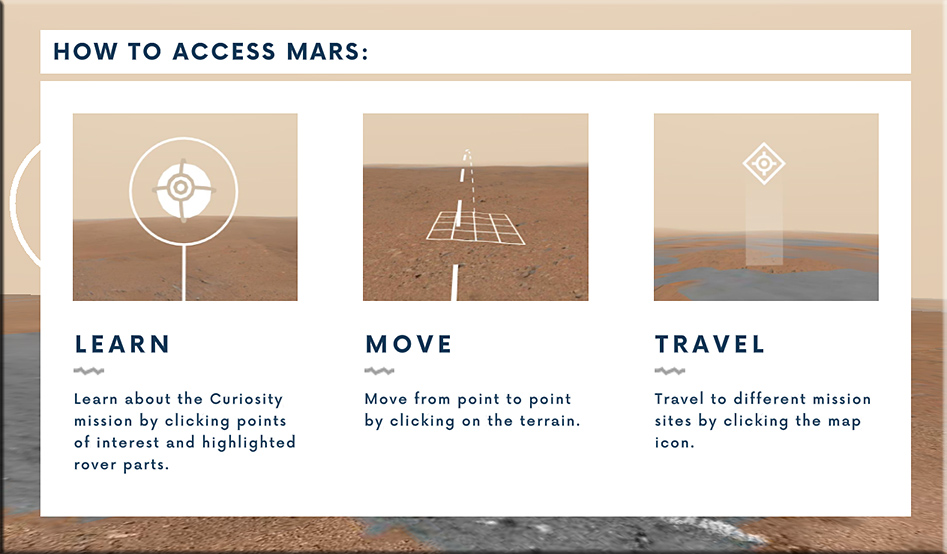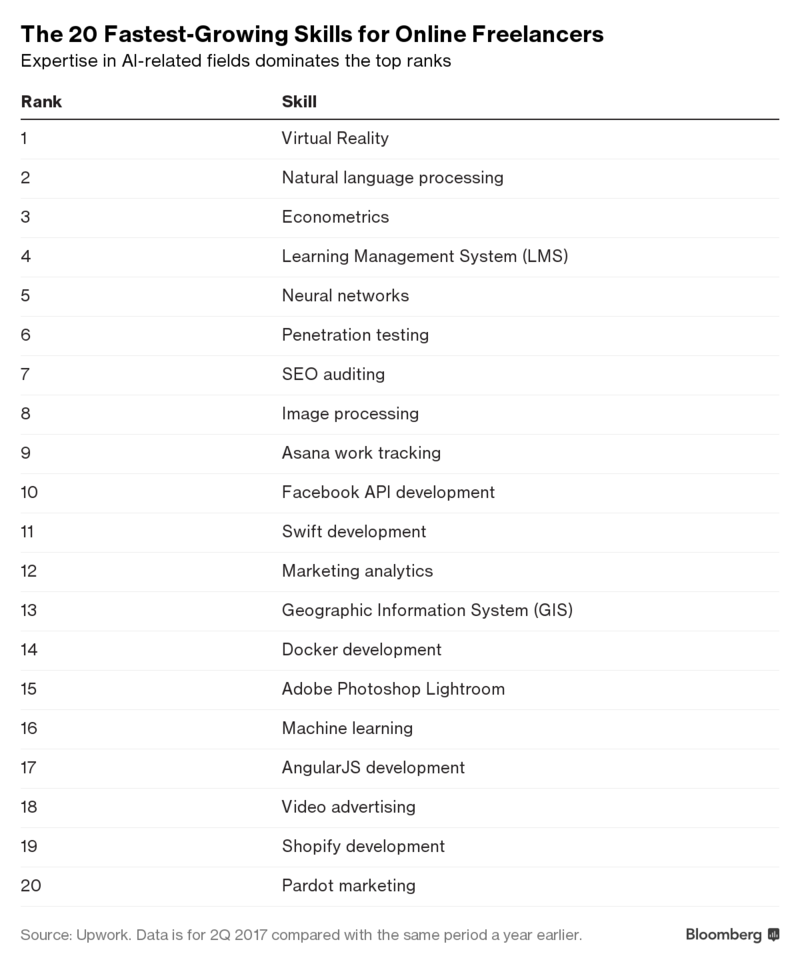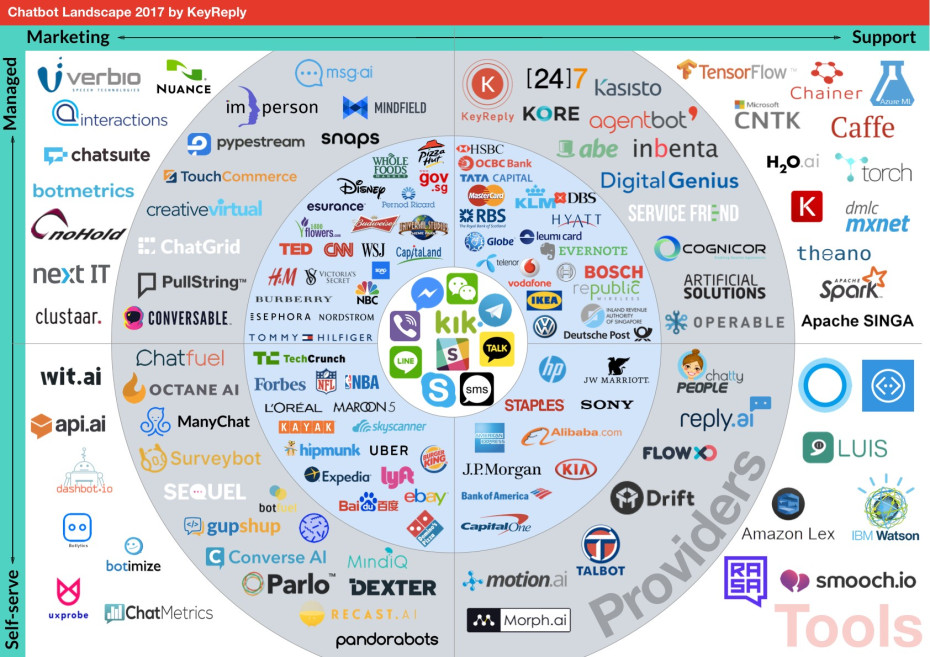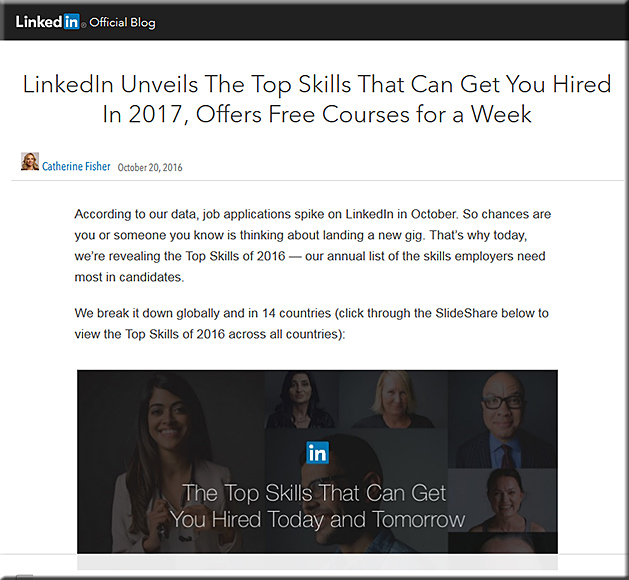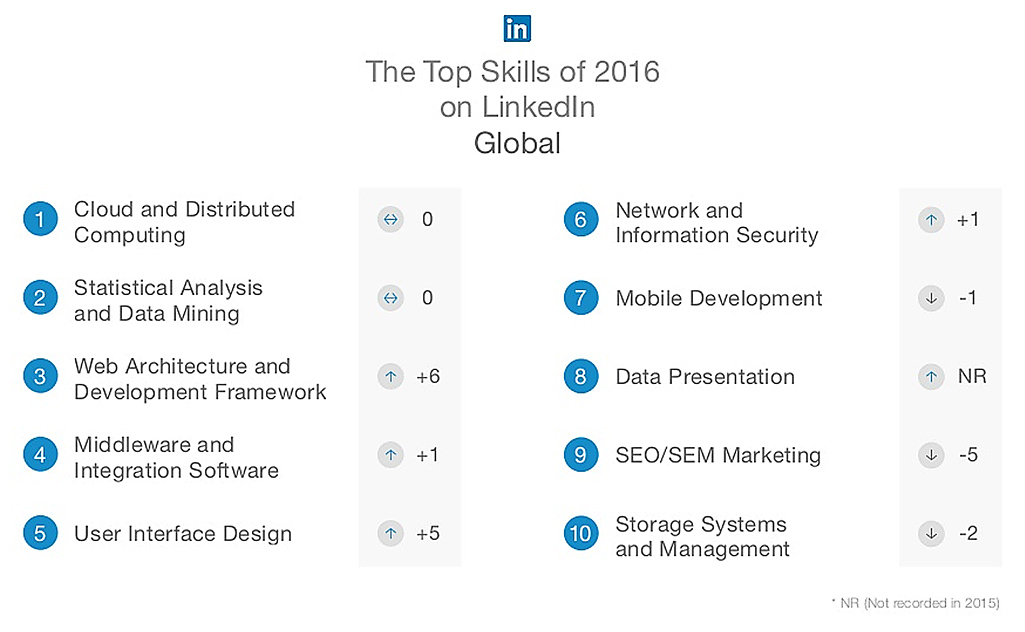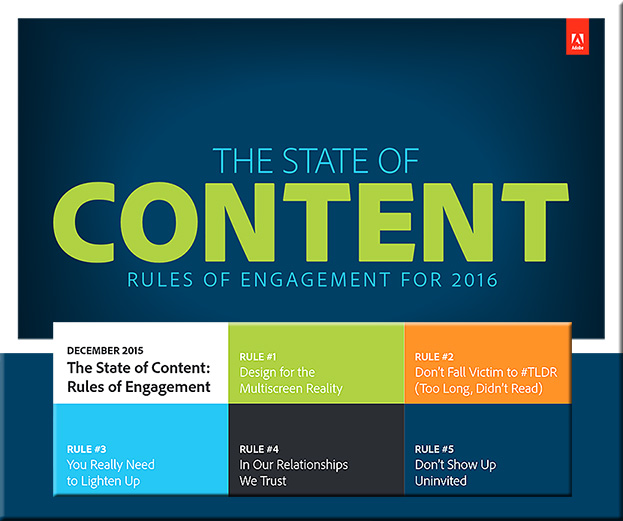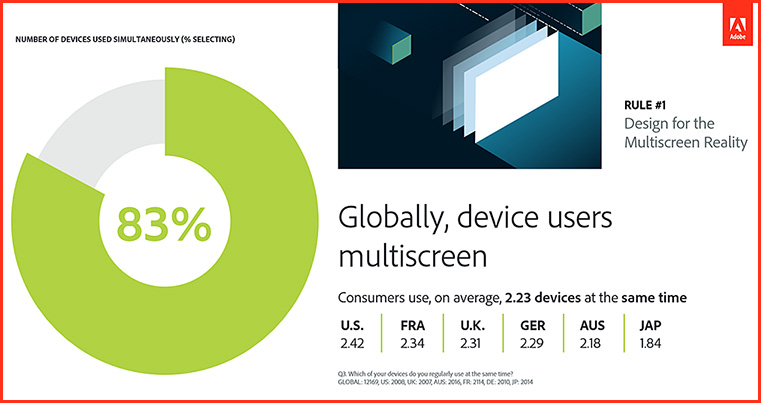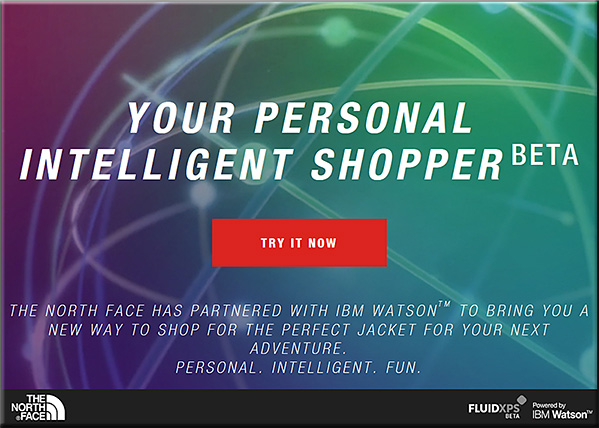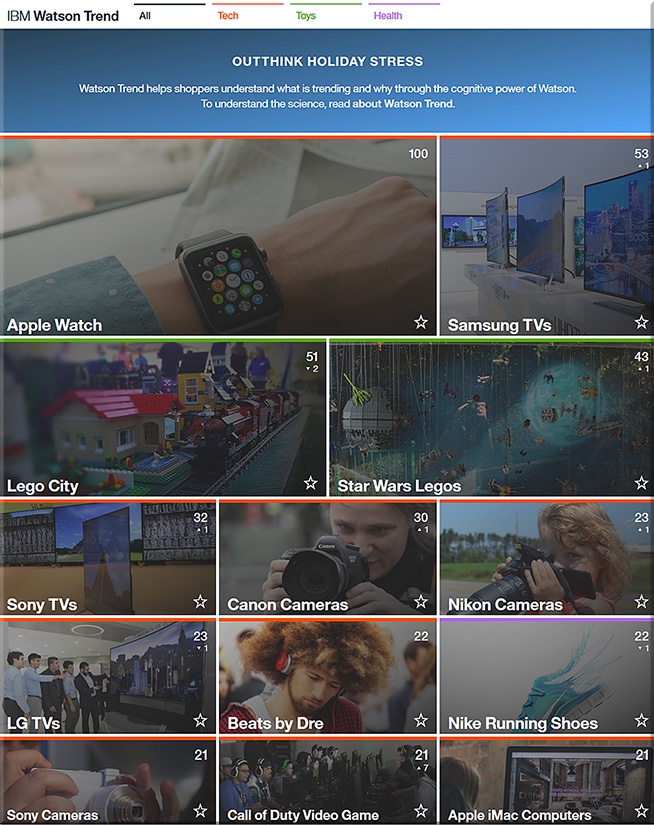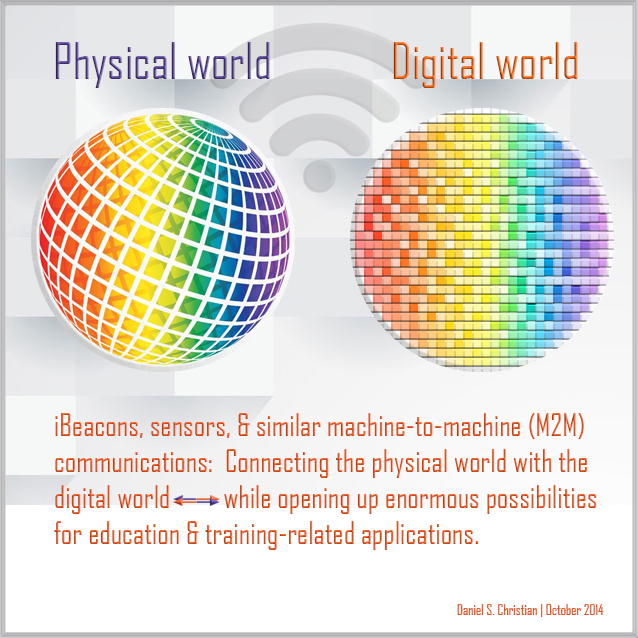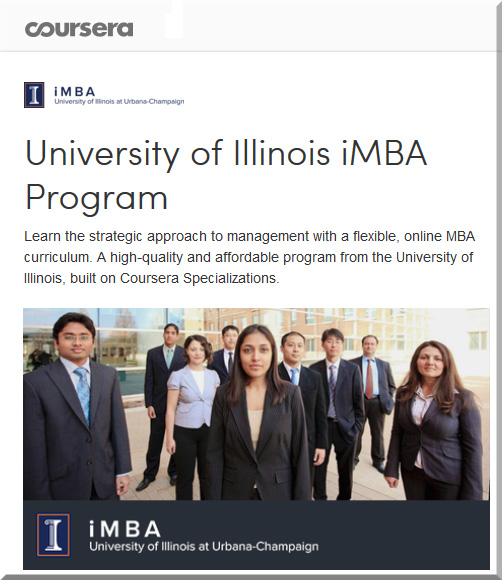VR and AR: Transforming Learning and Scholarship in the Humanities and Social Sciences — from er.educause.edu b
What if a text or work of art is no longer read, but instead, experienced? What new questions are raised when it’s possible to visit an author’s home or stroll through the streets of an ancient city? How will our interpretations of literature, art, history and archaeology change when we are no longer passive recipients but co-constructors and actors in immersive experiences? How will this challenge us to think outside our current learning paradigms? These and other questions arise when we examine the impact of immersive technologies on the humanities and the social sciences.
Some examples mentioned there include:
- Joycestick
- The church of the Eremitani in Padua
- John Ashbery’s Nest
- Archaeological Reminiscence of Millet’s “Angelus”
- The Kivik Grave, Virtual Bodies in Ritual Procession
Microsoft joins the VR battle with Windows Mixed Reality [on 10/17/17] — from theverge.com by Tom Warren
Excerpt:
Microsoft is launching its own answer to virtual reality today, taking on HTC and Oculus in the process. Windows Mixed Reality will be available in the Windows 10 Fall Creators Update, and headsets are now available to buy. Here’s everything you need to know about Windows Mixed Reality.
…
Microsoft is offering movement tracking (six degrees of freedom) without the need for traditional external sensors placed throughout a room. Windows Mixed Reality headsets have cameras and sensors to track the motion controllers.
Walmart looks to see if virtual shopping is better than the real thing — from washingtonpost.com by Abha Bhattarai
Excerpts:
…Walmart, the world’s largest retailer, is setting its sights on virtual reality. Imagine this, says Katie Finnegan, who heads Walmart’s tech incubator: You need a tent for your next camping trip. If all goes to plan, you could one day virtually swoop in to your campsite and see any given tent in action. “You could unzip it, lay down, look left and right and say, ‘Oh, this is supposed to be a two-person tent? It’s kind of tight,’ ” she said. And then you could move on to the next tent — without leaving your couch.
…
Here are the five ideas the Bentonville, Ark.-based company says could be making their way online:
- 3-D holograms at Bonobos.com, the male clothing site Walmart acquired this year for $310 million, that would make it possible for shoppers to try on virtual clothing for fit and style.
- At ModCloth, the women’s clothing site Walmart took over in March, customers may one day be able to take 3-D photos of themselves using their smartphones, and use those images to get an idea of how something might look on.
- An “interactive virtual store” for designer Rebecca Minkoff, whose items are sold at Walmart.com, would allow customers to sit in on fashion shows and shop directly from the runway.
- Tired of shopping online alone? If Walmart gets its way, you may soon be interacting with other shoppers and experts as you pick out items for your virtual cart.
- Electric outlets, stove tops and door handles can all be child safety hazards — and soon, an online tool could peek inside your home and tell you where the biggest risks are lurking.
Explore the surface of Mars from the comfort of your living room — from haptical.com
Google’s new project allows viewers to explore the discoveries of NASA’s Curiosity rover.
Excerpt:
NASA and Google have teamed up to build a new virtual experience that lets space enthusiasts explore the red planet without having to leave their homes. Dubbed as “Access Mars”, the new project virtually transports users, wherever they are, to Earth’s neighboring planet in the solar system.
Chinese School Opens Full-Function VR Classrooms — from vrfocus.com by Rebecca Hills-Duty
HTC Vive have created a system which allows 50 VR units to work together with no cross-interference.
Congrats to the NingXia province on opening the first of 20 Vive 50-student full-function #VR classrooms. @htcvive #EducationEvolved pic.twitter.com/g6URsslgPP
— Alvin Wang Graylin (@AGraylin) October 13, 2017









/cdn.vox-cdn.com/uploads/chorus_asset/file/9477517/hpheadset.jpg)
